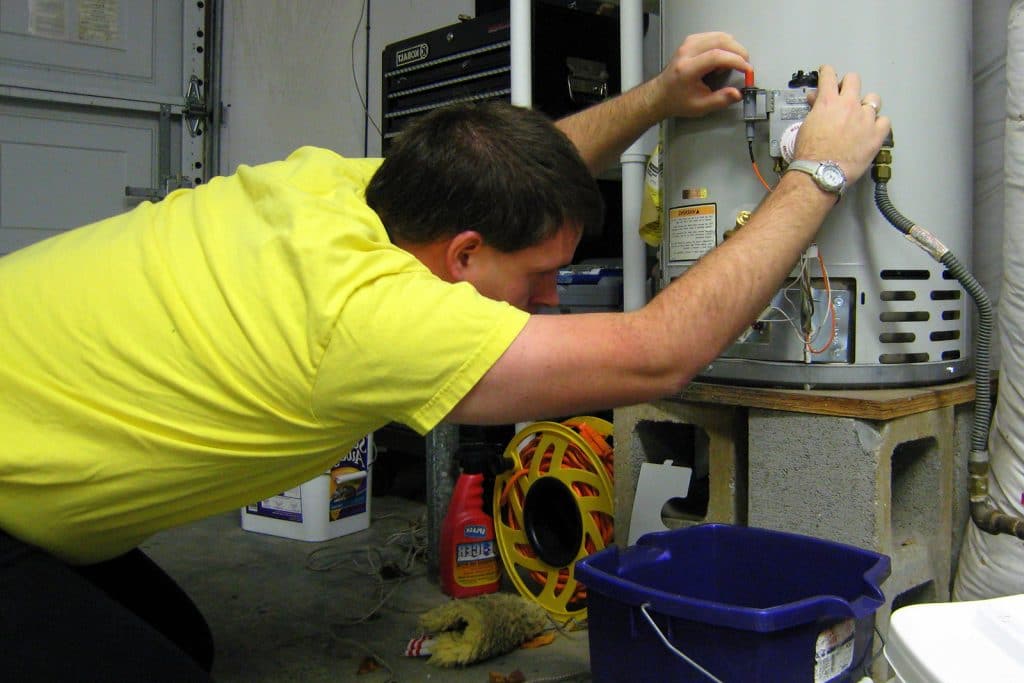Having hot water in your home is a service that many take for granted, until the day that it is no longer available. And then you suddenly become much more appreciative of the service that your water heater provides. We all enjoy our hot shower or soaking in a warm tub. But rarely do we think about the tiny things that could significantly extend the life of such a critical appliance. Just a few minutes invested once in a while will go a long way to extending your water heater’s service and assuring you of the hot showers that you look forward to each day.
FLUSH THE TANK
Sediment slowly builds up inside the holding tank of your traditional water heater because of the water’s minerals. All manufacturers recommend that this sediment be flushed from the tank at least once each year. If you do not remove the sediment, it can begin to corrode the inside of the tank or work as an insulation between the water and the heating element. The result is water that is not heated accurately, and eventually, an overworked heating element that fails.
You can use the drain valve at the base of the hot water tank to drain the unit. Turn off the power to your water heater and attach a hose to the drain valve. Run the end to a drain or outdoors, but not into grass or plant material as the water will be hot. Then shut off the water supply line going into the tank and slowly open the drain valve. The hot water will flow out and carry some of the sediment with it. Next, gently turn the water supply line back on and allow that water to flush the remaining sediment from the holding tank. When the water coming from the hose is clear, you can turn off the drain valve and allow your water heater to refill. Be sure to turn the power back on so that unit will begin heating the new tank of water.
TEST THE PRESSURE RELIEF VALVES
These valves are safety features to prevent excessive pressure build-up in the holding tank. The valves are spring-loaded but should open and reseat easily. When you have the tank drained to remove the sediment, it is a good idea to test the valves to make sure that they are functioning well. If you test them when the tank is full, you will get some water draining from the valves.
CHECK THE CLEARANCE
There should be about two feet of open space around your water heater to avoid a fire and to allow it proper air circulation. But it is easy to forget that magic number and let items pile up inside the safety zone. Take a minute to remove any items that are too close. This will help your water heater have proper airflow and also provide you easy access in the event of a problem with the unit in the future.
INSPECT THE PIPING
Not all hot water problems originate at your water heater. There can be leaks that appear in the piping near the water heater that will cause a problem. Over time, even a small drip of water from a leaking pipe or fitting can run down the outside of your water heater and cause it to rust. Once there is rust or corrosion damage to the body of the holding tank, the unit must be replaced. There is no safe way to repair or patch damage to the wall of a water heater tank.
If you discover any serious issues with your water heater when performing these maintenance tasks, call (301) 278-8786 immediately. A A Better Plumber licensed plumber will arrive quickly to assist you and ensure that you will not be enduring the next few days with no hot water. Our team of pros is factory-trained in the proper repair processes for all makes and models of water heaters. We can often repair the issue on the first visit. Or, if your unit is nearing the end of its life expectancy, we will provide you with a no-obligation price quote for a replacement.







